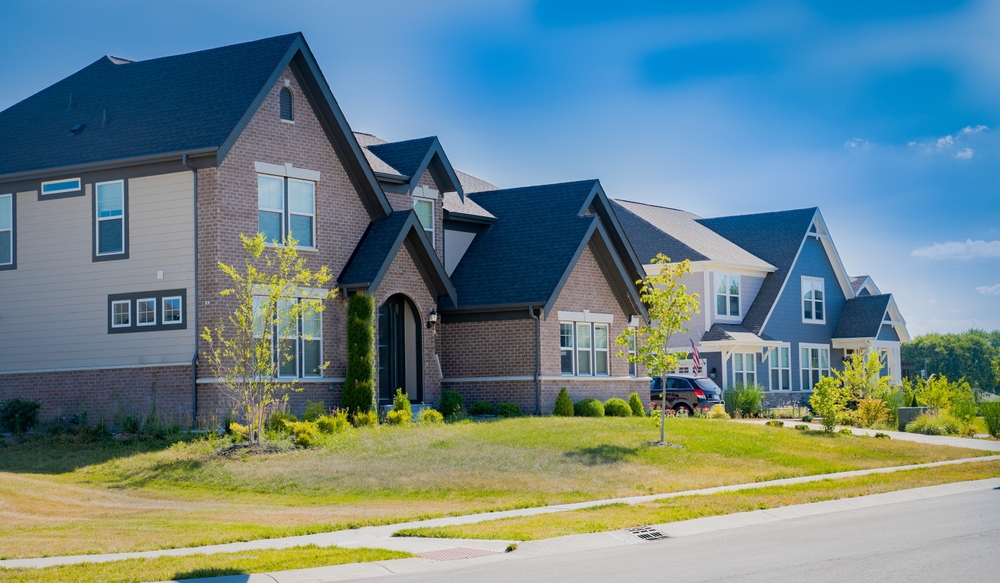Indiana Cost of Living Comparison: How Your DollarStretches in Different Indiana Cities

Relocating to Indiana brings the exciting prospect of a lower cost of living compared to many coastal and major metropolitan areas. However, costs can vary significantly across different Indiana cities and regions. This comprehensive guide breaks down what you can expect to pay for housing, utilities, transportation, healthcare, and everyday expenses across the Hoosier State’s major population centers.
Cost of Living Index Comparison
|
The following table compares major Indiana cities using a cost of living index where100 represents the national average. A number below 100 means the city is less expensive than the U.S. average; above 100 means it’s more expensive.City |
OverallIndex |
Housing |
Utilities |
Transportation |
Groceries |
Healthcare |
|
Indianapolis |
89.2 |
77.1 |
93.6 |
92.8 |
92.5 |
95.8 |
|
Fort Wayne |
83.5 |
67.2 |
91.8 |
88.4 |
93.1 |
94.2 |
|
Evansville |
85.9 |
69.4 |
95.7 |
90.2 |
91.8 |
96.3 |
|
South Bend |
84.6 |
65.8 |
94.3 |
87.9 |
92.4 |
95.1 |
|
Carmel |
107.8 |
132.6 |
97.8 |
95.6 |
97.2 |
98.4 |
|
Fishers |
103.6 |
122.8 |
96.2 |
94.8 |
97.0 |
97.9 |
|
Bloomington |
94.8 |
91.2 |
95.6 |
93.5 |
94.7 |
97.2 |
|
Lafayette |
86.7 |
71.3 |
93.8 |
89.4 |
93.2 |
94.8 |
|
NationalAverage |
100 |
100 |
100 |
100 |
100 |
100 |

